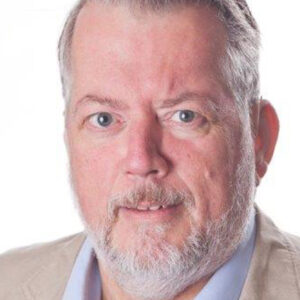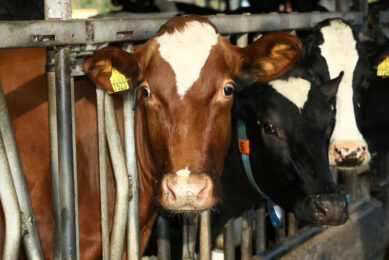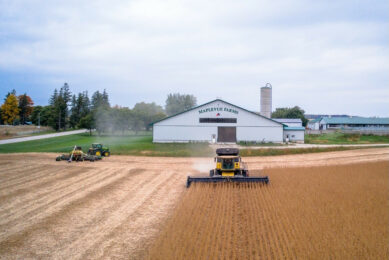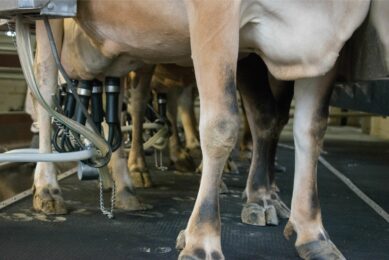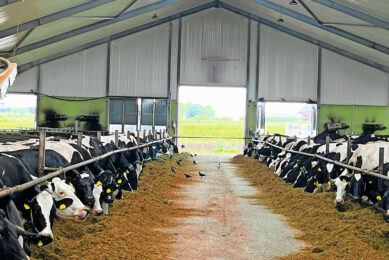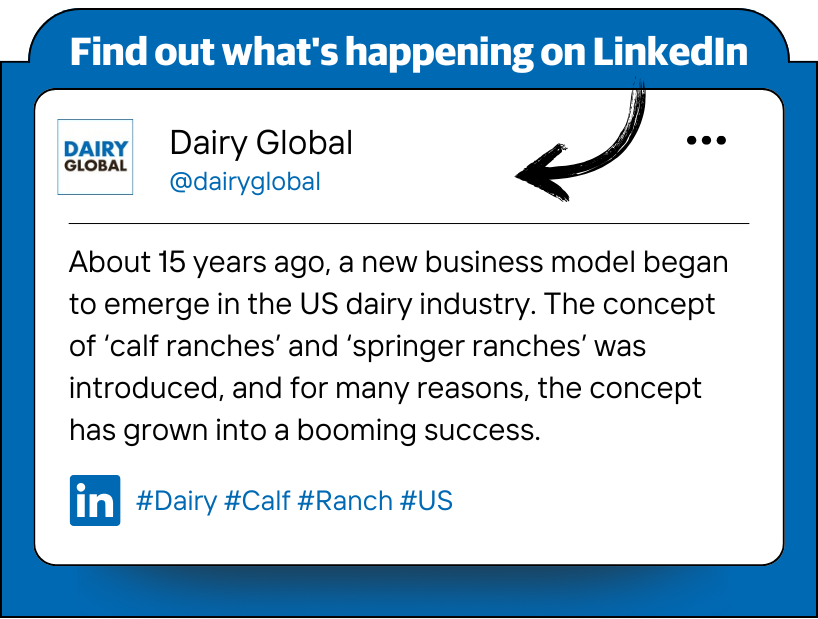Overcoming hurdles to run a successful dairy farm in Germany
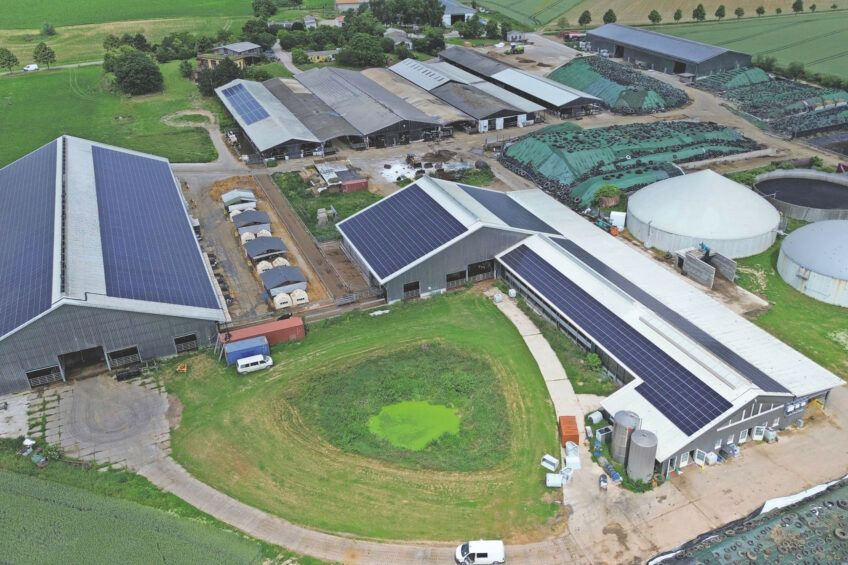
Fenja Meiners and her partner Adrian Koch have had an intense 5 years. Due to her parents’ divorce, the idea of taking over the farm came up 10 years earlier than expected. Despite all the negative advice, Fenja and Adrian decided to take over the farm, a process that was completed in 2021.
First, discussions had been held with banks to improve liquidity by extending the loan terms. However, this was thwarted by bureaucratic red tape at the land registry and the banks. “We were saved by a combination of one-time revenue from leasing 850 kWp of solar panels, higher milk prices, a surprising improvement in milk production and feed efficiency, and lower regular expenses,” says Fenja. “Now, 4 years later, all the land is finally registered. This means we can count on better credit terms.”
Land price approaching €40,000
The entrepreneurs own 220 hectares and lease 730 hectares. They grow 450 hectares of silage maize, 200 hectares of grains, and 270 hectares of grassland, half of which is permanent. Finally, 30 hectares are subsidised and left fallow to meet EU requirements. The 80 hectares of barley and triticale are used as whole crop silage for cows, and the 120 hectares of wheat are sold.
A third of the acreage is located on the farm, the remainder within 16 kilometres. The state of Mecklenburg-Western Pomerania charges €9.50 per ‘Bodenpunkt (BP)’, this is a benchmark for the land’s yield. Germany’s very best land has 100 points. The land surrounding the farm has 40 to 45 BP and receives sufficient rainfall. The more distant plots have 30 to 40 BP and are much drier. A single plot has only 18 BP. This means the theoretical lease price ranges from €170 to €420 per hectare. “Private lessors sometimes deviate from this,” Adrian points out.
Land demand is high in the region because investors are purchasing large-scale land investments and then moving into arable farming themselves. “The land price is currently between €30,000 and €40,000 per hectare of arable land; it has more than doubled in the past ten years.”
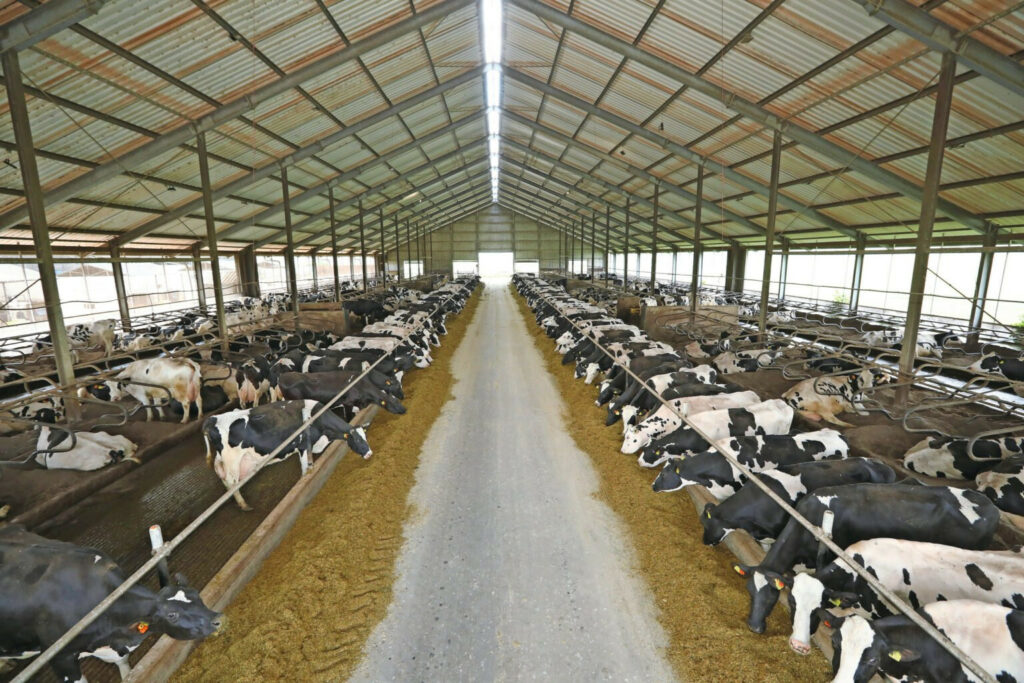
Good results, high costs
At the time of the takeover, the average production was over 10,000 kgs of measured milk per lactation; the age at culling was over 5 years, despite moderate fertility. “My mother is a veterinarian, and with her management, they achieved high longevity and high performance, sometimes with very high costs for treatments and purchased feed. Our first goal was to achieve more stable health in the herd and reduce the amount of purchased feed with higher-quality roughage.”
The first steps were investing in grassland management and limiting ensiling losses. The corn harvest was advanced to improve digestibility, and chop length and the effectiveness of the kernel processor are now being closely monitored. “We’ve also removed all the unnecessary elements from the ration,” says Adrian. “Now we have a simple TMR ration: corn and grass silage, whole crop silage from our own barley and triticale, some soy, concentrates, and minerals. There’s less spoilage during storage, a lower chance of mixing errors, and above all: better production.”
In the first 3 months after the takeover, production dropped to 32 kgs per cow per day. Now she’s back to 42. Mortellaro problems have been significantly reduced, and fertility has improved.

Staffing “like a carnival”
During Fenja’s parents’ divorce, the company’s future was uncertain for a long time. As a result, a large portion of the staff resigned. “Only a few essential key people remained. Without them, we wouldn’t have stood a chance,” says Fenja. “The first year, the team of milkers was like a carnival; a constant coming and going. Unfortunately, many people were addicted to alcohol, drugs, or gambling. Theft was also a problem.”
For the first few years, recruiting new employees was done through a Polish recruitment agency. That changed after Russia invaded Ukraine. Fenja and Adrian had available housing and took in Ukrainian women and children on humanitarian grounds. After a while, this led to employment relationships; new employees also came through the Ukrainians’ circle of friends and acquaintances.
The entrepreneurs support the newcomers with settling in Germany. “Applying for a bank account, arranging doctor appointments – we invest time in that,” says Fenja. “But we don’t take away their own responsibility. We teach them how things work here. After that, they have to manage their own affairs and become independent.”
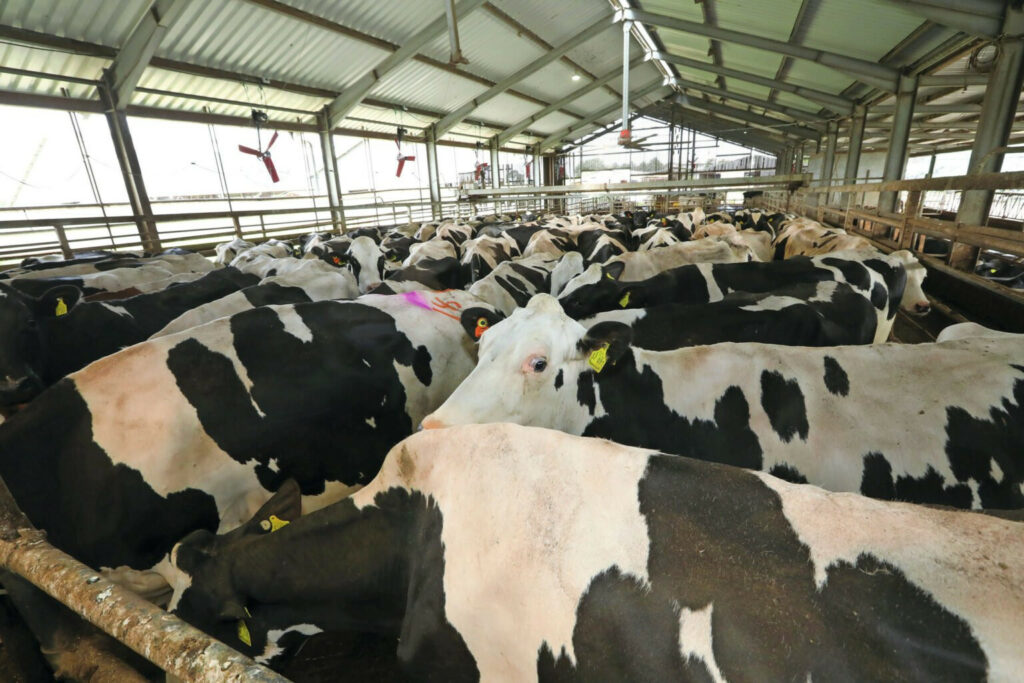
Versatile employees
They want to see this independence reflected in the company as well. “Employees can have their own preferred tasks, but they need to be versatile,” says Adrian. “Being able to cover for each other is paramount.” Fenja adds: “We still carry out all the work ourselves. This reduces the distance between us and our employees and facilitates communication.”
A large screen is mounted above the milking parlour, showing live feeds from the calving pen. “This allows employees to immediately see when a cow needs help or has calved. These cows can then be included in the milking session right away,” explains Fenja.
Webcams are also installed in the milking parlour. “Not for monitoring purposes. We discuss milking routines and use the camera footage to highlight areas for improvement. It works both ways; the employees also alert us to any opportunities they see for improvement.”
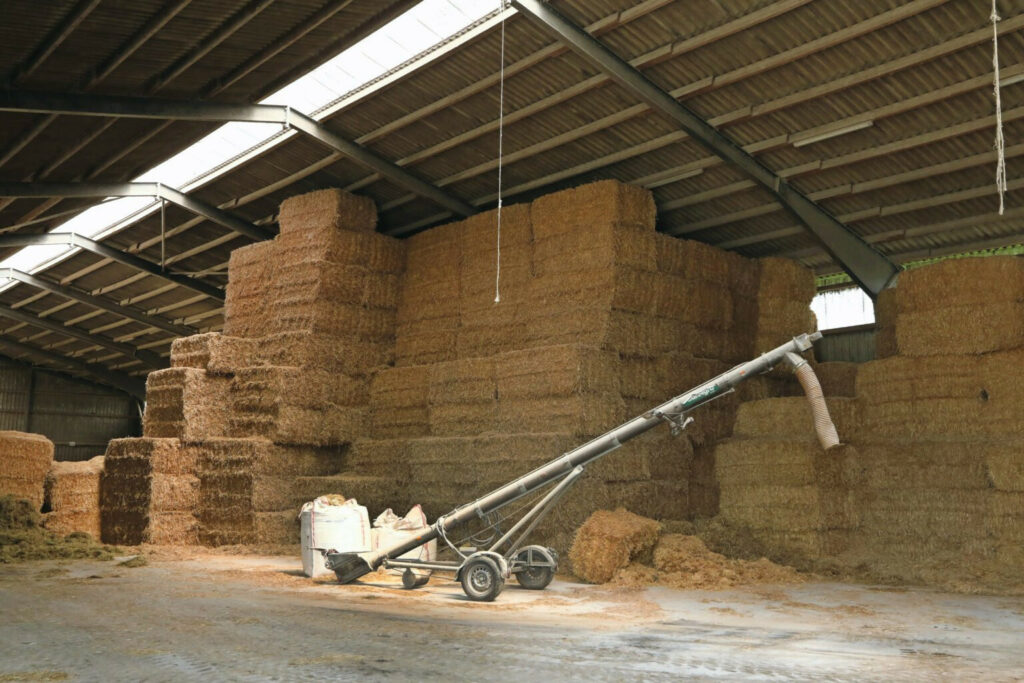
Low-cost growth
“More animals and more litres means lower fixed costs per kg of milk,” Fenja explains. “We’re currently milking just under 750. By mid-2026, we aim to grow to 825 dairy cows without major investments in buildings. We’ve kept and inseminated additional youngstock for this purpose.”
After that, the farmers want to move towards 1,000 cows, which means 900 for milking. “That’s the size at which the milking parlour is optimally utilised,” Adrian explains. The milking parlour is a 2 x 20 rapid exit system, installed in 2013. It currently runs 3 times a day for 5-6 hours. One employee milks, another manages cow traffic and cleans the stalls. “With almost continuous milking, 2 people in the milking pit and 1 person collecting the cows, we can reach a maximum of 1,000 cows,” Adrian outlines. Switching to milking robots isn’t an option. “The system has a lifespan of about 10 years. After that, perhaps automatic connecting arms or milking robots, but that’s still a long way off.”
The groups range from 130-180 animals. “We’re considering moving to smaller groups so the cows spend less time in the holding pen and have more time to rest and eat,” says Fenja. “But the annual reviews with our employees show that they’ve had to deal with a lot of changes in their work routines over the past 2 years. Peace and quiet among the employees is important. Those smaller groups will come, but not in 2025.”
Water extraction area blocks growth
The farm cannot expand due to ammonia emissions due to the nearby water extraction area. The first step in further growth towards 1,000 cows is reducing the current replacement rate from 30 to 25-26%. This creates space for 12 additional dairy cows. The second step is covering the manure lagoon, which will create 38 additional cows. Targeted feeding is crucial. With a urea level consistently below 20, 10% more cows may be kept than the permit specifies. “We’ve consistently been between 15 and 20 since we improved the quality of the roughage, fed more corn, and provided simpler rations,” says Adrian. These 3 measures provide permit space for 200 additional cows, bringing the total to over 900.
Other measures are needed for the last 100 cows. “Divesting young cattle hardly yields any additional dairy cows; for every 10 young cattle, it’s 1 dairy cow. Every dry cow fed elsewhere is an additional dairy cow. Therefore, we’re keeping an eye out for a barn within driving distance, so we can care for the animals ourselves and feed them with the feed mixer.”

Manure is a challenge
More cows also means more manure. Farmers can apply it themselves, as they have over 1,050 hectares under plough, including Eckhard Meiners’ arable land. However, manure does pose a challenge. The spreading season usually runs from February to September, depending on the weather. “We’re already short on storage and anticipate a shorter spreading season,” says Adrian. “Manure disposal costs €3 to €4 per cubic metre. On top of that, we have to buy unnecessary manure or fertiliser in the spring.”
A request for the construction of an additional 14,000 cubic metres of storage is in the final stages. The new storage will cost approximately €500,000, after deducting subsidies. “That will pay for itself quickly and also provide much more peace of mind for the farm.”
40 cents is needed
At current production levels, the farmers need a milk price of 40 cents per kg to cover all costs, including interest and principal. When selling their milk, they focus on the BLE (Bundesanstalt für Landwirtschaft und Ernährung Federal, or the Office for Agriculture and Food in Germany) milk price, the average milk price in Germany. “That way, we don’t get any headaches; we never receive significantly less than others.”


